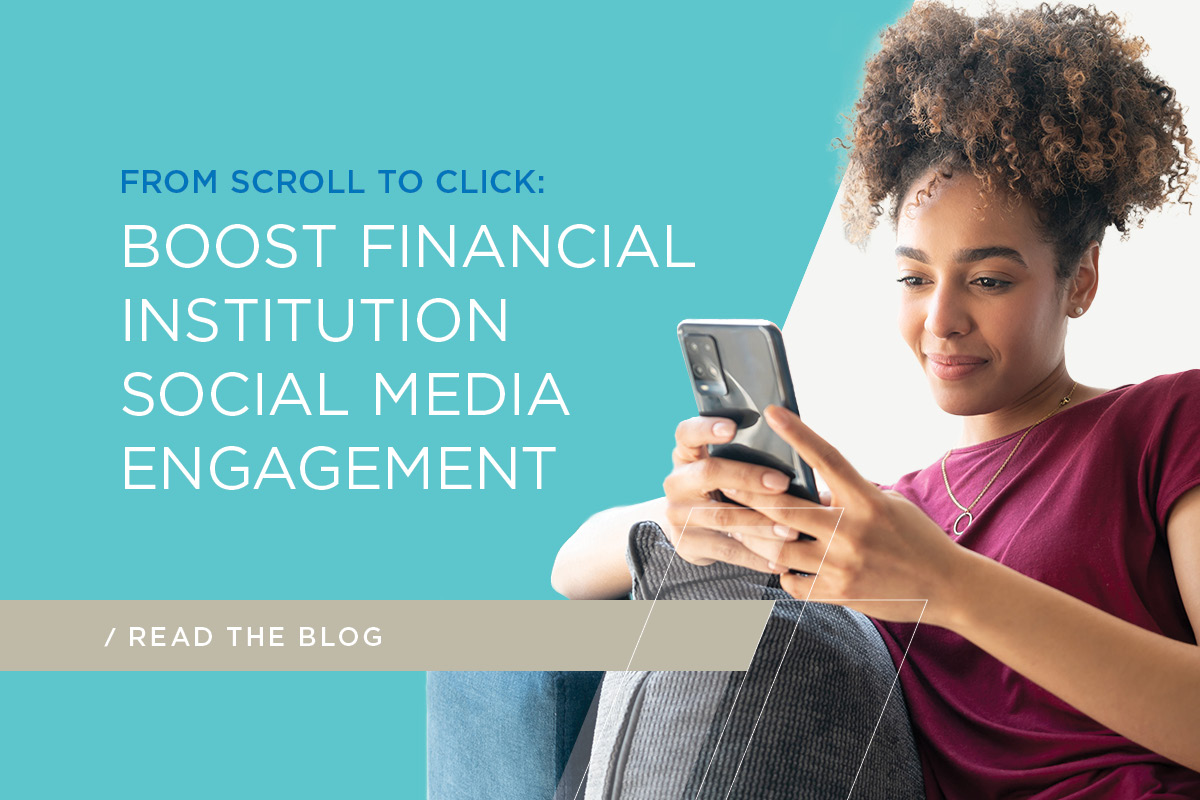Is your institution’s debit or credit card the card customers reach for first and most often? According to Visa®, card issuers lose their top-of-wallet status with one in four cardholders every year. Once that position is lost, the risks of purchase inactivity increase for around 40 percent of cases. This can lead to a significant drop in revenue.
All card issuers want their card to be the top-of-wallet card because that is the card most likely to generate profits for them. As Visa’s research shows, consumers spend four times more with their top-of-wallet choice than other payment methods.
Digital Top of Wallet
With the surge in online shoppers and e-commerce sales almost half of American consumers save their credit card information on websites or apps for shopping. Subscription-based services like Netflix and Spotify require a card-on-file (COF). The same goes for digital wallets such as Apple® Pay, Microsoft® Store and PayPal®. According to Visa® Navigate, card-not-present transactions have jumped by 30 percent.
COF users spend 2.4 times more money than other users. The more online merchants they store their card details with, the higher their overall card spend is. So, being top of wallet is no longer just about which card consumers primarily use at the grocery or gas station, it is also about which card they prioritize for online transactions.
How to Stay Top of Wallet
According to research by Deloitte®, one-quarter of consumers would switch credit cards in the next two years to get better rewards. The percentage is even higher for younger cardholders like millennials and Gen Z, with more than one-third willing to switch.
The Federal Reserve Bank of New York says, close to 27% of U.S. consumers said that they had applied for a credit card in the past 18 months. With the average cardholder carrying three cards, how do you ensure yours is their primary card? And how do you keep that valued spot in their physical or digital wallet for years to come?
Offer Irresistible Rewards
Rewards are essential to many cardholders. According to a survey by CreditCards.com, 40 percent of cardholders prefer their go-to card mainly for the rewards it offers. And the J.D. Power Credit Card Satisfaction Study reveals 47 percent of credit card customers who switched to a new card within the past 12 months did so for a better rewards program.
There are three main kinds of rewards cards: those that let you earn cashback, points or miles.
According to CreditCards.com, cardholders prefer cashback rewards more than points and miles. They are simple, straightforward and easy to understand and use. They can be used for any purchases, and there are no blackout dates.
Points and miles reward cards work differently, depending on the issuer. The programs vary in conversion and redemption rates, mechanics and redemption options. The rules, conversions and tracking for points and miles can be confusing and time-consuming. And cardholders need to stay vigilant to make sure they’re best using their purchases for maximum value. Keeping track can be tricky, since most Americans carry multiple credit cards. The J.D. Power U.S. Credit Card Satisfaction Study shows 36 percent of credit card owners do not fully understand their rewards.
However, this does not mean there is no market for points and miles programs. For example, frequent travelers and high-income earners are more likely to prefer miles over cashback.
With increasing competition, what kind of rewards should you offer to make your credit card top of wallet for customers? Here are some reward options and new card features to consider to stand out:
- Make your rewards flexible. Instead of just earning the standard cashback or fixed miles, a flexible points program allows more redemption options, including airfare, hotels, statement credits, merchandise and gift cards. While travel cards offer non-flight options, these options are not as optimal. Cardholders are more likely to use flexible point cards as their go-to card for most spending.
- Reward with crypto. With the growing popularity of bitcoin and other cryptocurrencies, credit cards are partnering with digital asset platforms and cryptocurrency exchanges to offer cards that reward users with cryptocurrency. While cryptocurrency can be highly volatile and risky, there is also the potential for enormous upside. This kind of rewards program will appeal to very specific market segments.
- Give ”buy now, pay later” (BNPL) options. Some cards now offer the option to split eligible purchases into installment payments. These allow users to purchase big-ticket items without having to pay for the entire bill on their next statement. This option can be appealing to people who want to manage their cash flow.
- Spread out bonuses. Instead of giving a one-time sign-up bonus, some cards offer tiered bonuses for higher spending levels over an extended period. This incentivizes cardholders to use the card more often and keep it much longer.
- Offer more lounge options. There is increased competition among credit card issuers to add more branded airport lounges. Perks like access to exclusive lounges can be valuable for frequent flyers.
Use Design as a Differentiator
People covet premium cards not just for the rewards but also for the status they project. And status only has value when it is displayed for others to see. This is where card design plays a key role. Design can be a differentiator among cards with similar rewards. A card’s visual appeal can make it top of wallet. After all, great design influences our perceived value of everything from computers and homes to bags and cars. Why should credit cards be any different?
So, how can your credit card stand out and make customers not just show them off but use them more often? Here are different approaches:
- Go minimalist. Minimalism can convey exclusivity, elegance and high-end status. Instead of a cluttered look, minimalist card design features a single color for the background and the bank and network logos in front. All the details are on the back, concealing the account number and offering a clean look at the front.
- Go bold. Most cards have plain, standard designs. One way to look different is by using a unique look that is quirky, bright, colorful and eye-catching. Cardholders are more likely to use cards that look trendy.
- Go vertical. This is a new trend in credit card design, following the shift from magnetic strips to chip-reader and tap-to-pay contactless systems. Users typically hold these kinds of cards on the short end, so portrait orientation makes more sense. And from a design perspective, it stands out.
- Go personal. Some card issuers give customers the option to choose from a variety of designs or upload their own design to customize the look of their cards y. Nothing is more unique than a credit card designed by the cardholder.
- Go metal. From their shiny surface to the sound they make, metal cards have enormous appeal. The material is more permanent than a plastic card. It signifies strength and stability. Metal cards are used more and valued more, making them top of wallet.
- Go laser etching. Credit cards manufacturers are moving away from traditional embossing in the EMV® liability-shift away from traditional magnetic stripe cards. Microchip cards do not require embossing and instead use laser etching. This extends the card’s life, but its sleek look is also more visually attractive.
- Go eco-friendly. Plastic has long been associated with environmental waste. Cards made from sustainable materials will appeal to consumers, especially millennials and Gen Z. These include polylactic acid (PLA), a sustainable plastic substitute made with renewable bio-sourced resources such as corn. Or they use reclaimed plastic from coastal areas or recycled PVC using plastic waste from the packaging and printing industries.
Now Is the Time to Promote Credit Cards
With record-high inflation and the Fed increasing interest rates to control it, cardholders may end up carrying higher balances due to higher prices of purchases. And they will be paying off higher monthly payments with rising interest rates. Americans are already using their credit cards more to pay for everyday expenses.
This is an opportunity to educate consumers about the responsible use of credit and the benefits of rewards programs. Cashback and redeemable points or miles can offset higher costs. And cards that offer 0% balance transfers and lower interest rates for revolving balances can help customers consolidate their debt and manage their cash flow.
Promote the benefits of your credit card features that can help consumers during these inflationary times. Lower rates, 0% APR balance transfers, flexible rewards, cashback on gas and groceries, and BNPL can all make a difference to cardholders.
To learn more about financial services marketing trends, download our 2022 Financial Services TrendWatch Report.



